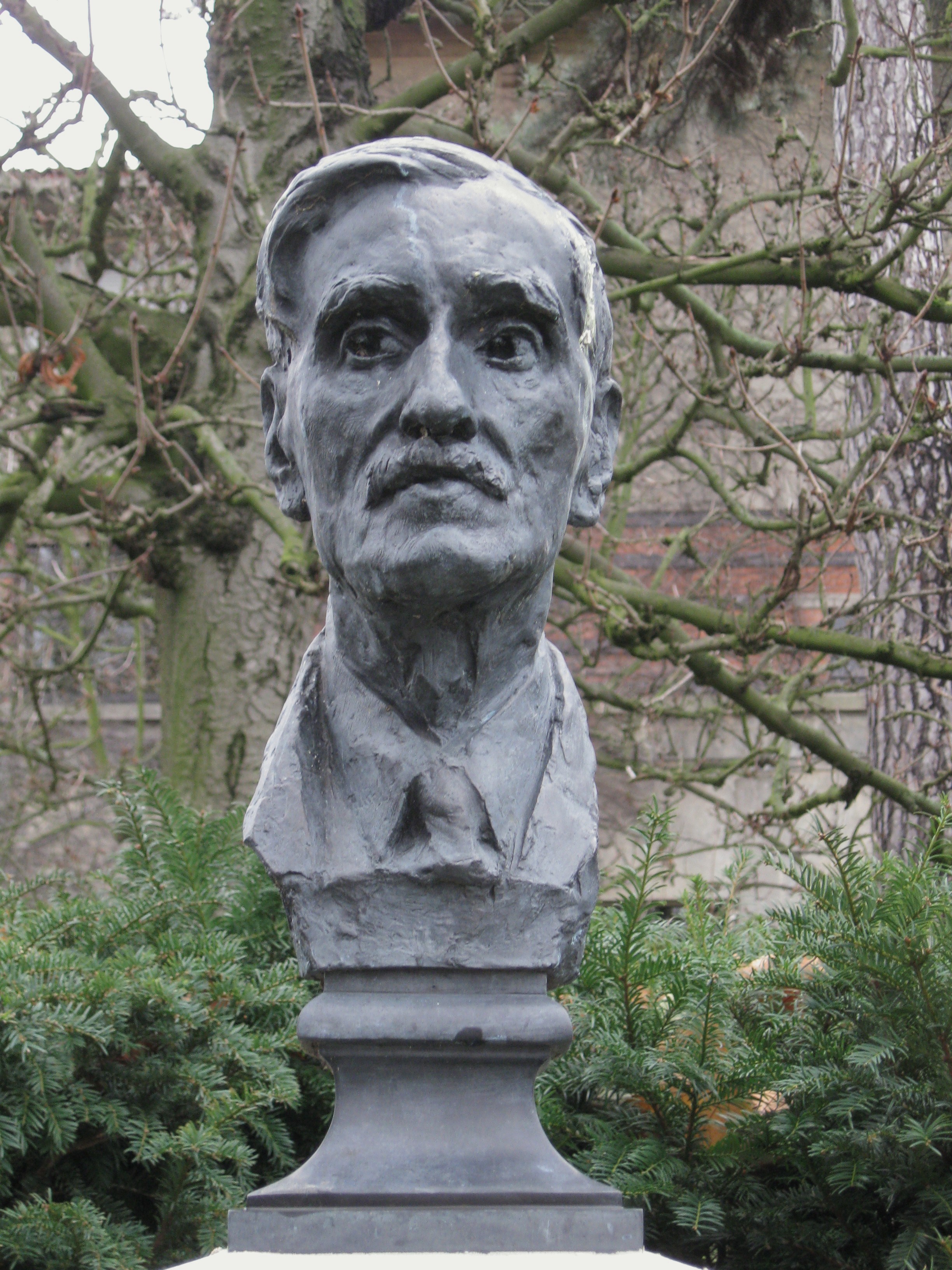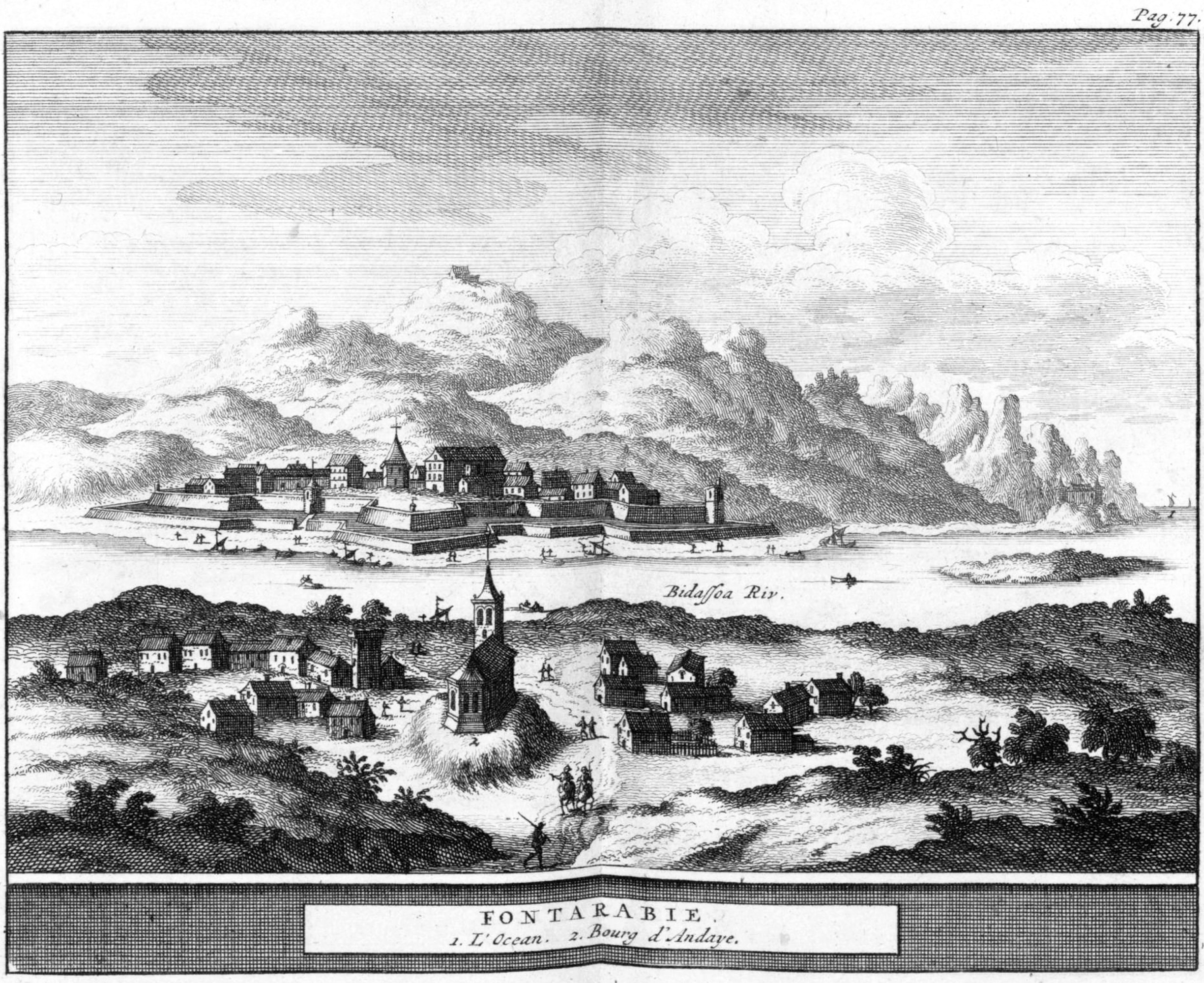|
Latin Bloc
The Latin Bloc ( it, Blocco Latino; french: Bloc Latin; es, Bloque Latino; pt, Bloco Latino; ro, Blocul Latin) was a proposal for an alliance made between the 1920s to the 1940s that began with Italy's ''Duce'' Benito Mussolini proposing such a bloc in 1927 between Italy, France, Spain, and Portugal (and possibly Romania), that would be an alliance based upon common Latin civilization and culture. The proposal was publicly discussed between the governments of Italy, Spain, and France, during World War II.John Lukacs. The Last European War: September 1939 - December 1941. P. 364. In the 1930s, French Prime Minister Pierre Laval alongside French conservatives expressed support for a Latin Bloc with Italy and Spain. During World War II the proposal was discussed between Mussolini, Spain's ''Caudillo'' Francisco Franco, and Vichy France's head of state Philippe Petain. However the alliance failed to materialize. The planned bloc would have united Italy, France, Spain, Portugal, and V ... [...More Info...] [...Related Items...] OR: [Wikipedia] [Google] [Baidu] |
Duce
( , ) is an Italian title, derived from the Latin word 'leader', and a cognate of ''duke''. National Fascist Party leader Benito Mussolini was identified by Fascists as ('The Leader') of the movement since the birth of the in 1919. In 1925 it became a reference to the dictatorial position of ('His Excellency Benito Mussolini, Head of Government, Leader of Fascism and Founder of the Empire'). Mussolini held this title together with that of President of the Council of Ministers: this was the constitutional position which entitled him to rule Italy on behalf of the King of Italy. ''Founder of the Empire'' was added for the exclusive use by Mussolini in recognition of his founding of an official legal entity of the Italian Empire on behalf of the King in 1936 following Italy's victory in the Second Italo-Ethiopian War. The position was held by Mussolini until 1943, when he was removed from office by the King and the position of "Duce" was dismantled, while Marshal Pietro Badog ... [...More Info...] [...Related Items...] OR: [Wikipedia] [Google] [Baidu] |
Montpellier
Montpellier (, , ; oc, Montpelhièr ) is a city in southern France near the Mediterranean Sea. One of the largest urban centres in the region of Occitania (administrative region), Occitania, Montpellier is the prefecture of the Departments of France, department of Hérault. In 2018, 290,053 people lived in the city, while its Functional area (France), metropolitan area had a population of 787,705.Comparateur de territoire INSEE, retrieved 20 June 2022. The inhabitants are called Montpelliérains. In the Middle Ages, Montpellier was an important city of the Crown of Aragon (and was the birthplace of James I of Aragon, James I), and then of Kingdom of Majorca, Majorca, before its sale to France in 1349. Established in 1220, the University of Montpellier is one of the List of oldest univ ... [...More Info...] [...Related Items...] OR: [Wikipedia] [Google] [Baidu] |
Politics Of World War II
Politics (from , ) is the set of activities that are associated with making decisions in groups, or other forms of power relations among individuals, such as the distribution of resources or status. The branch of social science that studies politics and government is referred to as political science. It may be used positively in the context of a "political solution" which is compromising and nonviolent, or descriptively as "the art or science of government", but also often carries a negative connotation.. The concept has been defined in various ways, and different approaches have fundamentally differing views on whether it should be used extensively or limitedly, empirically or normatively, and on whether conflict or co-operation is more essential to it. A variety of methods are deployed in politics, which include promoting one's own political views among people, negotiation with other political subjects, making laws, and exercising internal and external force, including ... [...More Info...] [...Related Items...] OR: [Wikipedia] [Google] [Baidu] |
Spanish Empire
The Spanish Empire ( es, link=no, Imperio español), also known as the Hispanic Monarchy ( es, link=no, Monarquía Hispánica) or the Catholic Monarchy ( es, link=no, Monarquía Católica) was a colonial empire governed by Spain and its predecessor states between 1492 and 1976. One of the largest empires in history, it was, in conjunction with the Portuguese Empire, the first to usher the European Age of Discovery and achieve a global scale, controlling vast portions of the Americas, territories in Western Europe], Africa, and various islands in Spanish East Indies, Asia and Oceania. It was one of the most powerful empires of the early modern period, becoming the first empire known as "the empire on which the sun never sets", and reached its maximum extent in the 18th century. An important element in the formation of Spain's empire was the dynastic union between Isabella I of Castile and Ferdinand II of Aragon in 1469, known as the Catholic Monarchs, which in ... [...More Info...] [...Related Items...] OR: [Wikipedia] [Google] [Baidu] |
Italian Empire
The Italian colonial empire ( it, Impero coloniale italiano), known as the Italian Empire (''Impero Italiano'') between 1936 and 1943, began in Africa in the 19th century and comprised the colonies, protectorates, concessions and dependencies of the Kingdom of Italy. In Africa, the colonial empire included the territories of present-day Eritrea, Somalia, Libya, and Ethiopia; outside Africa, Italy possessed the Dodecanese Islands (following the Italo-Turkish War), Albania (a protectorate from 1917 to 1920 and from 1939 to 1943, when it was invaded and forced into a personal union with Italy),Nigel Thomas. Armies in the Balkans 1914–18. Osprey Publishing, 2001, p. 17. and had a concession in China. The Fascist government that came to power with dictator Benito Mussolini after 1922 sought to increase the size of the Italian empire and to satisfy the claims of Italian irredentists. Systematic "demographic colonization" was encouraged by the government, and by 1939, Italian ... [...More Info...] [...Related Items...] OR: [Wikipedia] [Google] [Baidu] |
Francoist Spain
Francoist Spain ( es, España franquista), or the Francoist dictatorship (), was the period of Spanish history between 1939 and 1975, when Francisco Franco ruled Spain after the Spanish Civil War with the title . After his death in 1975, Spain transitioned into a democracy. During this time period, Spain was officially known as the Spanish State (). The nature of the regime evolved and changed during its existence. Months after the start of the Spanish Civil War in July 1936, Franco emerged as the dominant rebel military leader and was proclaimed head of state on 1 October 1936, ruling a dictatorship over the territory controlled by the Nationalist faction. The 1937 Unification Decree, which merged all parties supporting the rebel side, led to Nationalist Spain becoming a single-party regime under the FET y de las JONS. The end of the war in 1939 brought the extension of the Franco rule to the whole country and the exile of Republican institutions. The Francoist dictatorshi ... [...More Info...] [...Related Items...] OR: [Wikipedia] [Google] [Baidu] |
Greater East Asia Co-Prosperity Sphere
The , also known as the GEACPS, was a concept that was developed in the Empire of Japan and propagated to Asian populations which were occupied by it from 1931 to 1945, and which officially aimed at creating a self-sufficient bloc of Asian peoples and states that would be led by the Japanese and be free from the rule of Western powers. The idea was first announced on 1 August 1940 in a radio address delivered by Foreign Minister Yōsuke Matsuoka. The intent and practical implementation of the Greater East Asia Co-Prosperity Sphere varied widely depending on the group and government department involved. Policy theorists who conceived it, as well as the vast majority of the Japanese population at large, saw it for its pan-Asian ideals of freedom and independence from Western colonial rule. In practice, however, it was frequently used by militarists and nationalists, who saw an effective policy vehicle through which to strengthen Japan's position and advance its dominance within ... [...More Info...] [...Related Items...] OR: [Wikipedia] [Google] [Baidu] |
Greater Germanic Reich
The Greater Germanic Reich (german: Großgermanisches Reich), fully styled the Greater Germanic Reich of the German Nation (german: Großgermanisches Reich deutscher Nation), was the official state name of the political entity that Nazi Germany tried to establish in Europe during World War II.Elvert 1999, p. 325. The territorial claims for the Greater Germanic Reich fluctuated over time. As early as the autumn of 1933, Hitler envisioned annexing such territories as Bohemia, Western Poland and Austria to Germany and creation of satellite or puppet states without economies or policies of their own. This pan-Germanic Empire was expected to assimilate practically all of Germanic Europe into an enormously expanded Reich. Territorially speaking, this encompassed the already-enlarged German Reich itself (consisting of pre-1938 Germany proper, Austria, Bohemia, Moravia, Czech Silesia, Alsace-Lorraine, Eupen-Malmedy, Memel, Lower Styria, Upper Carniola, Southern Carinthia, Danzig, a ... [...More Info...] [...Related Items...] OR: [Wikipedia] [Google] [Baidu] |
Pan-Latinism
Pan-Latinism is an ideology that promotes the unification of the Romance-speaking peoples. Pan-Latinism first arose in prominence in France particularly from the influence of Michel Chevalier (1806–1879) who contrasted the "Latin" peoples of the Americas with the "Anglo-Saxon" peoples there. 19th century French writer Stendhal spoke of "Latinism" as an imperial idea that the Latins should rule over their non-Latin neighbours. It was later adopted by Napoleon III, who declared support for the cultural unity of Latin peoples and presented France as the modern leader of the Latin peoples to justify French intervention in Mexican politics that led to the creation of the pro-French Second Mexican Empire. Sociologist writes that the medieval Italian poet Dante toyed with the idea of European domination by Latins in his treatise ''De Monarchia'', which celebrated the "world empire" of the Romans. In the aftermath of France's defeat in the Franco-Prussian War and the creation of a stat ... [...More Info...] [...Related Items...] OR: [Wikipedia] [Google] [Baidu] |
Latin Axis (World War II)
The Latin Axis was a proposed alliance between European Latin countries during the Second World War. This project was proposed to Italy by Romanian politician Mihai Antonescu, who served as Deputy Prime Minister and Foreign Minister during World War II, under Ion Antonescu. The alliance would have included Romania, Italy, Vichy France, Spain, and Portugal. As a consolidated bloc in a region of German weakness, he hoped that it might become a significant counterweight to the Reich. Germany supported the proposal for the Latin Bloc during World War II and German propaganda assisted Italian propaganda in promoting the bloc. However, the alliance failed to materialize.John Lukacs. The Last European War: September 1939 - December 1941. P. 364. Germany's ''Führer'' Adolf Hitler promoted the Latin Bloc and in October 1940 travelled to Hendaye, France, on the border with Spain to meet Franco with whom he promoted Spain forming a Latin bloc with Italy and Vichy France to join Italy's fig ... [...More Info...] [...Related Items...] OR: [Wikipedia] [Google] [Baidu] |
Hendaye
Hendaye (Basque language, Basque: ''Hendaia'')HENDAIA Auñamendi Encyclopedia, Auñamendi Eusko Entziklopedia is a Communes of France, commune in the Pyrénées-Atlantiques Departments of France, department and Nouvelle-Aquitaine Regions of France, region of southwestern France.INSEE commune file /ref> The town, Metropolitan France's most southwesterly and a popular seaside tourist resort, stands on the right bank of the Bidassoa, River Bidassoa – which marks the France–Spain border, Franco-Spanish border – at the point where it empties into the Atlantic Ocean in the Northern Basque Country, French Basque Country. Hendaye has three distinguishable parts: ''la ville' ... [...More Info...] [...Related Items...] OR: [Wikipedia] [Google] [Baidu] |
.jpg)






